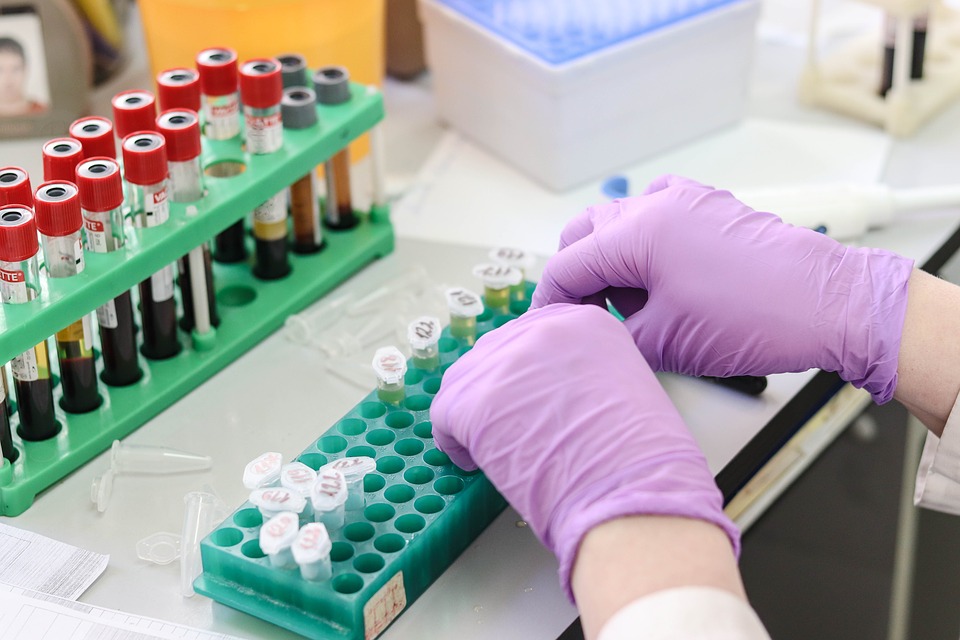Bleeding time test: what it’s for, procedure & results explained
Last updated: 15 January 2018
What is a bleeding time test?
Bleeding time is a functional test of blood clotting which includes the blood vessel wall’s contribution, and also indirectly assesses platelet function.
When would you need a bleeding time test?
Bleeding time is a test that is infrequently ordered nowadays. However, it may be requested by your doctor to assess platelet function or exclude von Willebrand disease.
Easy bruising, or bleeding, particularly from mucosal surfaces like the gums, may be be due to decreased numbers of platelets, decreased function of platelets, or deficiency of von Willebrand Factor – a protein that helps platelets stick to a damaged blood vessel.
These parameters were previously impossible to test by any other means.
How is a bleeding time test performed?
A blood pressure cuff is first inflated on the upper arm to a standardised pressure, then a small incision is made on the forearm (avoiding any veins) and the time until bleeding stops completely (in seconds) is measured.
Bleeding time test results explained
A prolonged bleeding time may be due to:
- Low platelet count (thrombocytopaenia)
- Decreased platelet function – for example due to kidney failure or aspirin therapy
- von Willebrand Disease – a deficiency of von Willebrand Factor
- Disseminated intravascular coagulation (DIC) – bleeding disorder in critically ill patients, for example with severe infections
Bleeding time is normal in Haemophilia.
Related specialists
Related procedures
- Blood Test (venesection)
Related tests
- Platelet Count
- Coagulation Profile
- APTT
- INR
- Prothrombin Time (PT)
- D-dimer
- Full Blood Count
- Blood Group or Crossmatch
- Liver Function Tests
- Faecal Occult Blood (FOB)
- Urinalysis
Links
A: Use HealthEngine to find and book your next GP appointment. Click on the following locations to find a GP clinic in your state or territory.
This article is for informational purposes only and should not be taken as medical advice. If in doubt, HealthEngine recommends consulting with a registered health practitioner.
All content and media on the HealthEngine Blog is created and published online for informational purposes only. It is not intended to be a substitute for professional medical advice and should not be relied on as health or personal advice. Always seek the guidance of your doctor or other qualified health professional with any questions you may have regarding your health or a medical condition. Never disregard the advice of a medical professional, or delay in seeking it because of something you have read on this Website. If you think you may have a medical emergency, call your doctor, go to the nearest hospital emergency department, or call the emergency services immediately.








